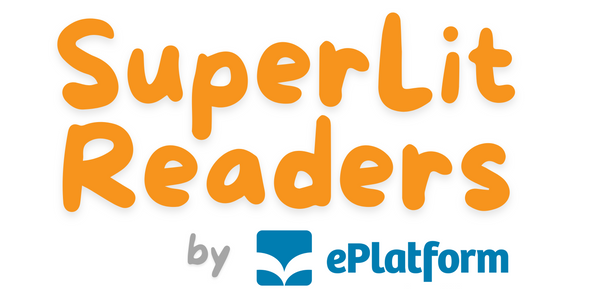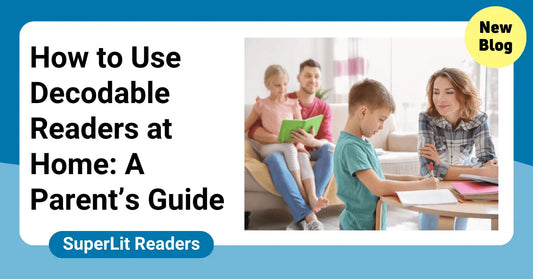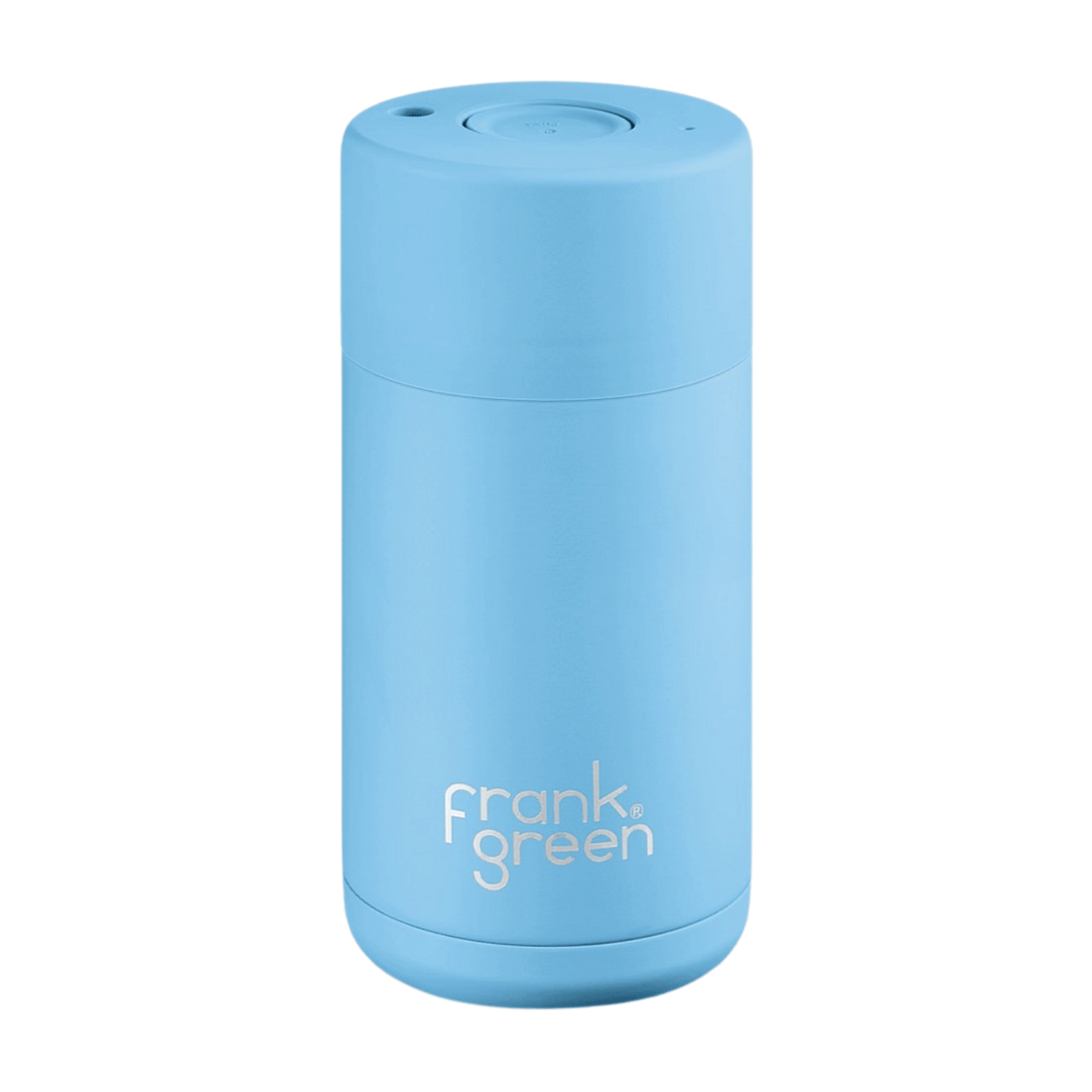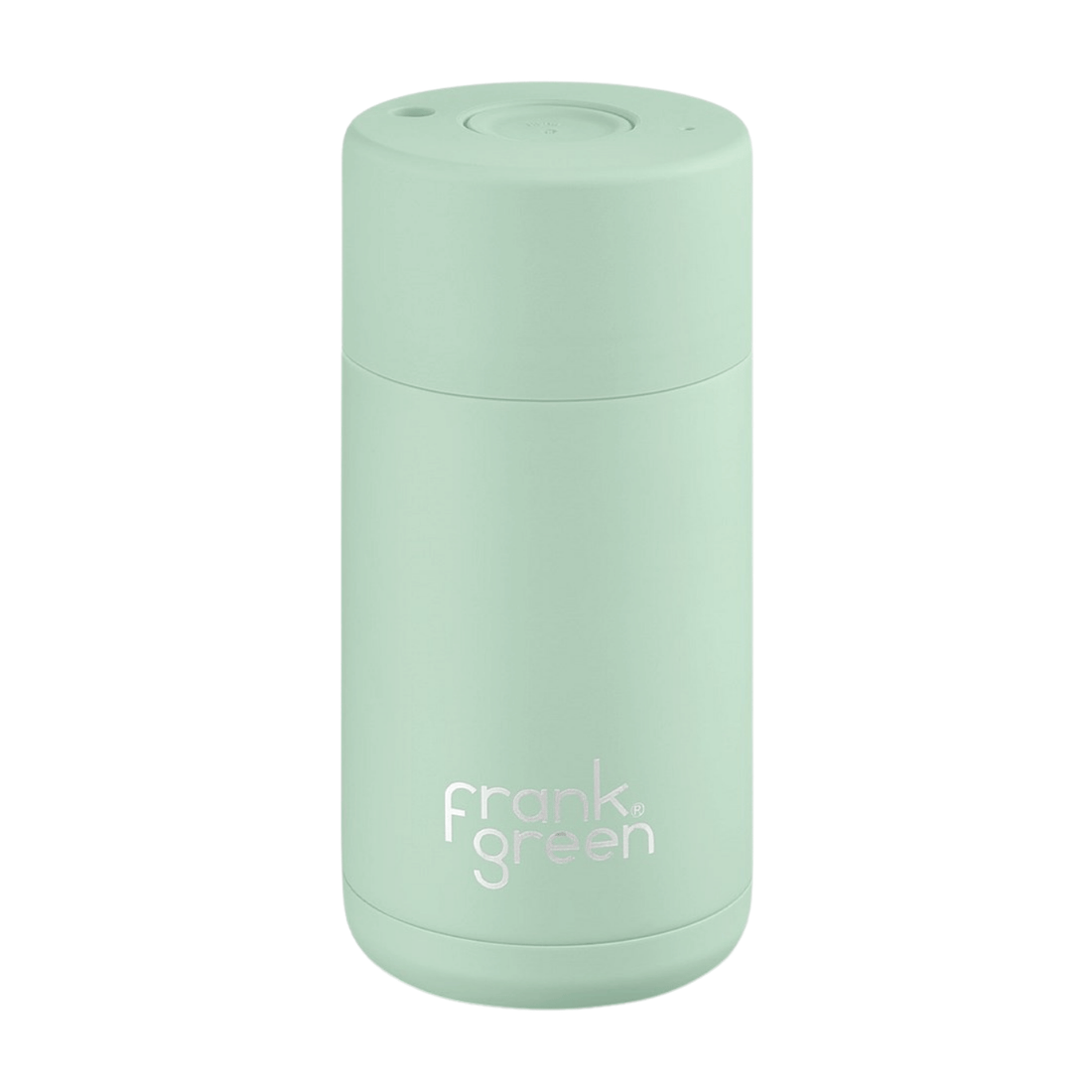SuperLit Readers: Frequently Asked Questions (FAQ)
Looking to understand more about SuperLit Readers and how they support structured literacy instruction? Whether you're a teacher, school leader, tutor or parent, this in-depth FAQ covers everything from reading levels to our phonics sequence — all designed to help children thrive using systematic synthetic phonics.
Table of Contents
- Getting Started with SuperLit Readers
- How SuperLit Supports Phonics Instruction
- Using SuperLit in the Classroom or at Home
- Product Features & Add-ons
- Scope and Sequence Overview
- Final Thoughts + Next Steps

1. Getting Started with SuperLit Readers
What are SuperLit Readers?
SuperLit Readers is a 10-level collection of fully decodable books for early literacy, built around a systematic synthetic phonics (SSP) approach. Each title aligns to a structured sequence of phonics instruction, so children only read words that contain sounds they’ve already been taught — reducing guesswork and building confidence.
Who are SuperLit Readers for?
Our books are ideal for:
- Children in Kindergarten to Year 2
- Struggling readers or students with dyslexia
- ESL/EAL learners needing phonics support
- Homeschooling families using evidence-based reading
- Schools implementing SSP or Science of Reading approaches
How do I know which level to start with?
The best way to find a student's starting point is to identify which phonemes they already know. If they’re just beginning, start at Level 1. More confident readers who have covered basic blends may be ready for Level 3 or above.
Use our Scope and Sequence to match phonics skills to the right SuperLit level.
2. How SuperLit Supports Phonics Instruction
Are SuperLit Readers aligned to synthetic phonics?
Yes! SuperLit Readers follow a systematic synthetic phonics approach. This means:
- Sounds are introduced in a deliberate, research-backed order
- Every word is fully decodable using prior knowledge
- Blending and segmenting are taught explicitly
Our texts give learners real reading success without relying on pictures or guessing strategies.
Are fiction and nonfiction books both included?
Each level contains a mix of fiction and nonfiction decodable texts. Fiction books feature imaginative storylines to reinforce phonics patterns. Nonfiction titles build world knowledge and vocabulary using the same phonics structures. This mix supports comprehension, engagement, and general literacy development.
Is SuperLit based on the Science of Reading?
Yes — SuperLit aligns with the Science of Reading. We use explicit, cumulative instruction and integrate phonemic awareness, decoding, and fluency — key elements supported by decades of literacy research.
3. Using SuperLit in the Classroom or at Home
Can SuperLit Readers be used at school?
Absolutely. Teachers use SuperLit in small groups, whole-class lessons, reading interventions, and literacy rotations. Books align to phonics instruction and are designed for immediate classroom use — no adaptation needed.
Can I use SuperLit at home?
Yes! Families can use SuperLit for phonics support at home. The leveled structure makes it easy to track progress. Printable worksheets are included to extend learning beyond the book.
Are SuperLit Readers effective for ESL or struggling readers?
Yes. Because the language is controlled and decodable, SuperLit supports learners who:
- Are new to English
- Struggle with memory or phonemic awareness
- Need reading confidence and scaffolded progression
4. Product Features & Add-ons
What makes SuperLit Readers different from other decodable programs?
SuperLit is built for teachers and families who want clarity, structure, and strong outcomes. Key features include:
- 10-level phonics progression aligned with SSP
- Fiction and nonfiction mix in every level
- Built-in scope and sequence for easy planning
- Downloadable phonics worksheets and games
- Classroom-ready print and digital formats
Do SuperLit Readers come with teaching resources?
Yes — every book includes access to downloadable resources:
- Phonics worksheets aligned to each level
- Spelling and writing activities
- Printable phonics games and assessments (coming soon!)
Explore our phonics worksheet collection or download the Scope and Sequence for a full teaching overview.
5. SuperLit Readers Scope and Sequence Overview
Why does a scope and sequence matter?
A scope and sequence outlines which skills are taught, and in what order. This ensures instruction is systematic and cumulative, giving students the chance to master each step before progressing. Without one, children may experience skill gaps that make decoding frustrating or ineffective.
How does SuperLit’s scope and sequence work?
Our books follow a step-by-step structure aligned with systematic synthetic phonics (SSP) principles:
- Explicit phoneme-grapheme instruction
- Blending, segmenting, and decodable texts
- Sounds introduced in logical, scaffolded order
What skills are taught at each level?
Each level builds on the previous one. Here’s a high-level summary:
- Levels 1–2 (Beginner): Single sounds and basic CVC words using /s/, /a/, /t/, /p/, /i/, /n/ and others. 20–140 words per book.
- Levels 3–4 (Growing): Blends and digraphs like /sh/, /ch/, /th/, /ng/. Books reach up to 400 words.
- Levels 5–6 (Developing): Vowel teams, diphthongs, and r-controlled vowels like /ai/, /ee/, /ar/. Up to 800 words per book.
- Levels 7–8 (Confident): Advanced spellings and multisyllabic words. Books reach 1,000 words with fiction and nonfiction.
- Levels 9–10 (Independent): Complex digraphs, exception patterns, and high-level vocabulary. Final levels mirror real-world fluency goals.
Every phoneme introduced aligns with the Scope and Sequence PDF, giving educators a precise planning tool. Content also aligns with phonics curricula in Australia, New Zealand, and the UK.
How is this used in real classrooms?
With SuperLit’s clear progression, teachers can:
- Match books to student skill levels
- Group readers based on decoding ability
- Support intervention and extension with the same resource
This structured system allows every learner to progress at their own pace — building fluency, confidence, and comprehension.
6. Final Thoughts + Next Steps
Whether you're supporting early readers at home or teaching in a structured literacy classroom, SuperLit Readers provide a phonics-aligned roadmap to success. Our 10-level system, supporting resources, and scope and sequence ensure students gain confidence at every stage of their reading journey.
🎯 Not sure which level to start with? Check our Scope and Sequence
📘 Ready to explore all 10 levels? Browse our full Decodable Readers series






